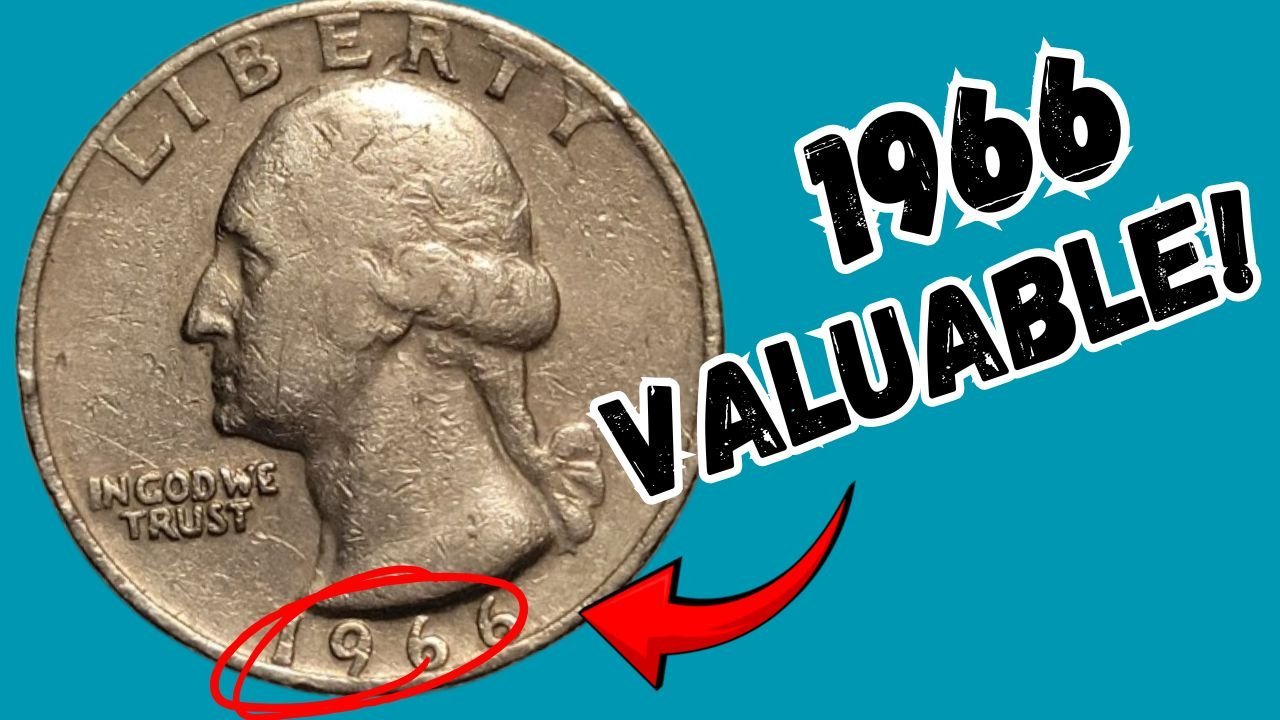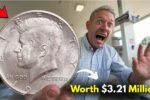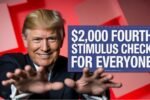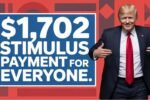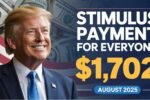1966 Washington Quarter Could Be Worth: In the world of numismatics, rare coins often spark intrigue, but perhaps none as much as the rumored existence of a 1966 Washington quarter that could reportedly be worth a staggering $20 million. This legend has captivated collectors, historians, and curious readers alike, raising the question: how could a common coin date transform into one of the most valuable pieces known?
Origins of the 1966 Washington Quarter
To understand the legend, we need to explore how the quarter came into being. In 1966, the United States Mint issued millions of Washington quarters to meet the demand for everyday commerce. These quarters were made of cupronickel clad over a copper core, rather than the 90% silver content of earlier years, which initially signaled reduced intrinsic value. Yet, paradoxically, this very shift to base metal would later fuel speculation about a phantom “ultra-rare” version.
The Myth of the $20 Million Coin
At the heart of the tale lies an extraordinary claim: that a single 1966 Washington quarter—somehow struck with silver, misdated, or featuring an incredibly rare error—could command a price tag of $20 million. According to the myth, a collector or dealer once flirted with selling such a specimen for that amount. Stories proliferated in newsletters and online forums, building a mystique that persists today: could a mundane coin hide such unheard-of value?
Examining the Possibilities of Rarity
What makes a coin truly rare? In numismatics, rarity arises from limited mintage, striking errors, or historical anomalies—such as the 1856 Flying Eagle cent or certain 1933 Saint-Gaudens double eagles. For the 1966 quarter, no official record supports the minting of a rare variant. No unique die combinations or silver strikes from that year are documented. Still, collectors love a mystery, and the mere possibility of an undocumented rarity keeps imaginations alive.
What Experts Say
Professional numismatists largely dismiss the notion of a $20 million 1966 Washington quarter. Major certification services such as PCGS and NGC report no authenticated specimens with extraordinary features. In their databases, 1966 quarters remain plentiful and of standard composition. Despite that, the rumor endures—often serving as a cautionary tale against too-good-to-be-true coin valuations.
Why the Tale Endures
Why does a nearly impossible legend continue to thrive? A mix of wishful thinking, collector optimism, and the thrill of discovery fuels the saga. Coin aficionados love legends of “mystery million-dollar coins,” especially those purportedly hiding in circulation. Moreover, sensational tales grab headlines and spark online debates, helping the myth endure through reprints and retellings.
A Quick Table: Hypothetical Value vs. Reality
| Scenario | Description |
|---|---|
| Legendary $20 Million Quarter | A hypothetical, undocumented variant of 1966 Washington quarter rumored to exist with extreme value. |
| Actual Market Reality | Standard cupronickel 1966 quarters remain common and typically worth only their face value or a modest premium for high grade. |
Frequently Asked Questions (FAQs)
Q: Could a 1966 Washington quarter truly be worth $20 million?
A: No verified evidence supports such a high valuation. Experts consider the legend to be speculative.
Q: What would make a 1966 quarter rare enough to be valuable?
A: Only a previously unknown error or rarity—like a silver strike—could raise its value, but no such variant has been authenticated.
Q: Are there any other modern U.S. coins that have achieved extremely high values?
A: Yes—coins like the 1913 Liberty Nickel or the 1794 Flowing Hair dollar have realized exceptional auction prices due to documented provenance and rarity.
